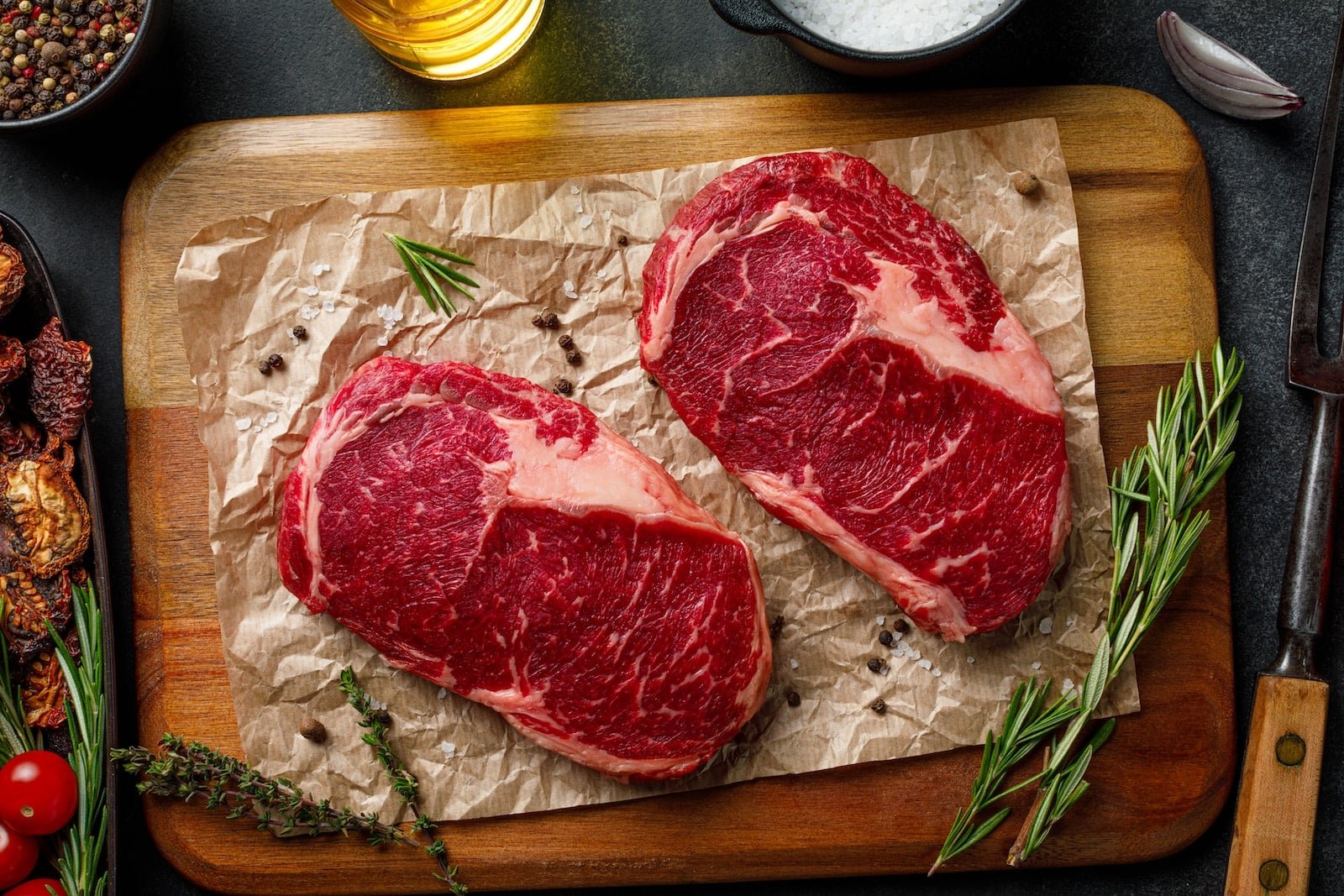As your resident Food Safety Dad, I want to walk you through the safest methods for thawing frozen beef at home. While it may seem simple, there are some common defrosting mistakes that can increase the risk of bacterial growth like E. coli and salmonella. The good news is that defrosting beef safely just takes a little advance planning and care. Let’s go over the techniques step-by-step so you can feel confident you are protecting your family.
Foodborne illnesses are unfortunately common in the United States. The Centers for Disease Control and Prevention (CDC) estimates that each year around 48 million people get sick from food poisoning, 128,000 are hospitalized, and 3,000 die. One of the most common causes of foodborne illness is improper handling and cooking of beef and other meats. Defrosting beef properly is a crucial first step to ensure your family stays healthy.
Freezing beef slows down bacterial growth, but does not completely eliminate the presence of pathogens. The danger zones for bacterial growth are between 40°F and 140°F. As frozen beef begins to defrost and temperatures rise into that zone, any bacteria present can quickly multiply to dangerous levels if left unchecked.
According to the U.S. Food and Drug Administration (FDA), one of the most common food handling mistakes consumers make is defrosting foods improperly. Thawing beef unsafely introduces the risk of illness from contamination. Follow these guidelines to keep your family safe.
The single safest method for defrosting frozen beef is to plan ahead and thaw it slowly in the refrigerator.
Keeping beef chilled at 40°F or below inhibits bacteria growth. Slow thawing in the fridge gives you control over the process. Just make sure to plan enough time so that the meat is fully thawed before you want to use it.
When you forget to thaw beef in the fridge, a cold water bath is the next safest option.
The cold water prevents the surface of the beef from rising above 40°F while speeding up the defrosting process. Keeping the temperature down avoids that bacterial danger zone as much as possible.
If you’re really pressed for time, you can thaw frozen beef in the microwave. This is a rapid method that requires close monitoring.
Microwaves can quickly thaw thin cuts of beef in just minutes. But partial cooking can occur, leading to uneven cooking later. You also lose any juices that drip out, affecting moisture and flavor. Only use the microwave if you’ll be cooking the beef shortly after thawing.
There are a few common defrosting methods that are never recommended due to food safety risks:
Stick to the safest methods outlined above. Skipping risky shortcuts keeps your loved ones protected.
Once your frozen beef is fully thawed, it’s important to handle and cook it properly to retain both safety and quality:
Adhering to good food safety practices reduces the chances of foodborne illness from beef, no matter what defrosting method you use.
Defrosting beef thoroughly before cooking is key for both food safety and quality results. Here are the essential tips to remember:
Following these defrosting guidelines helps ensure your frozen beef is ready for cooking safely. Now you can feel confident about preventing foodborne illnesses when preparing beef for your family. Let me know if you have any other food safety questions!


